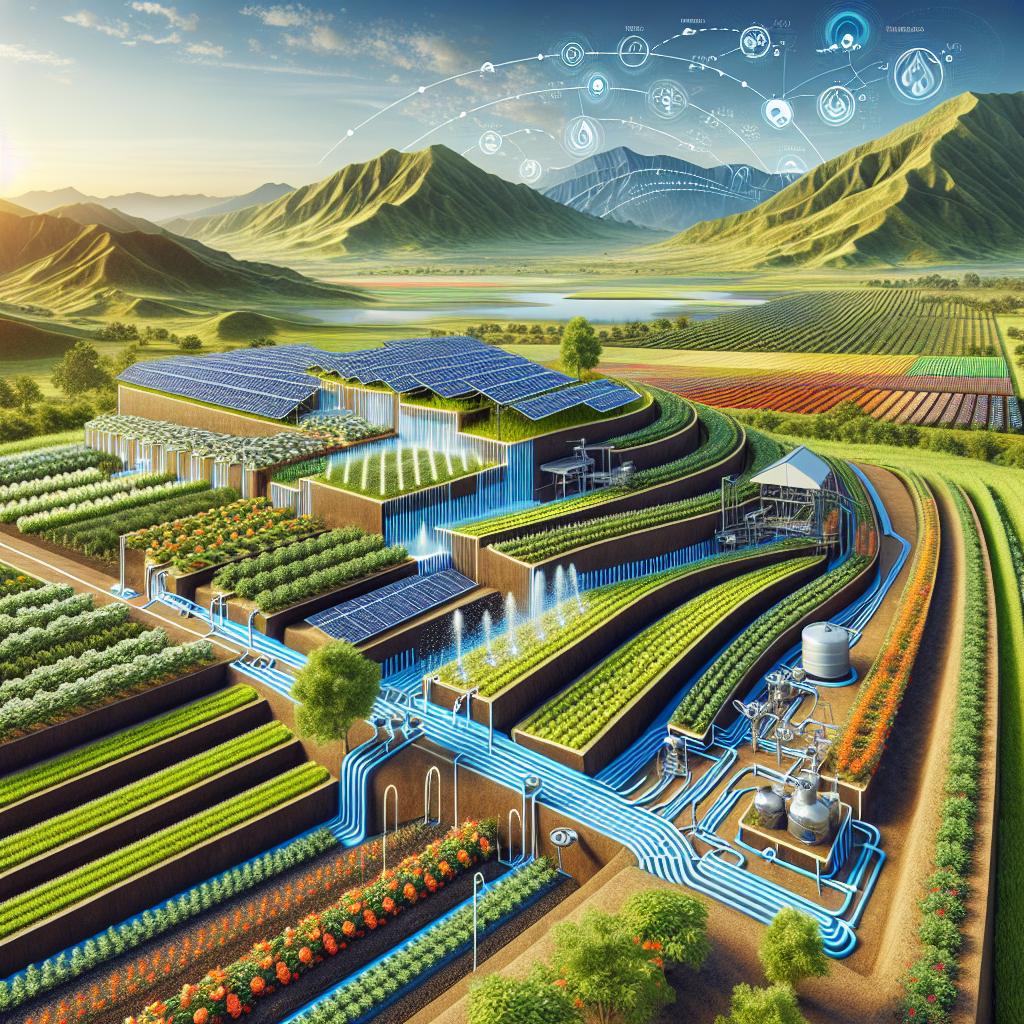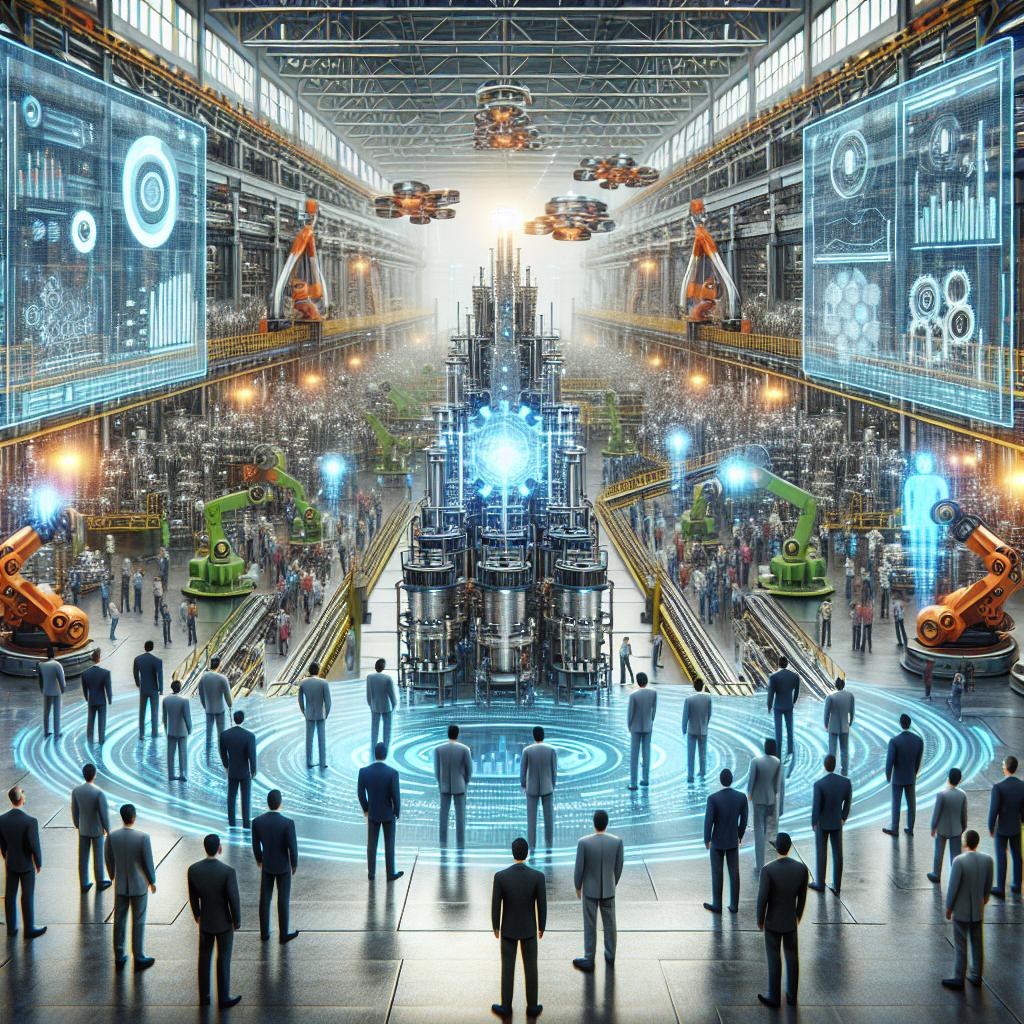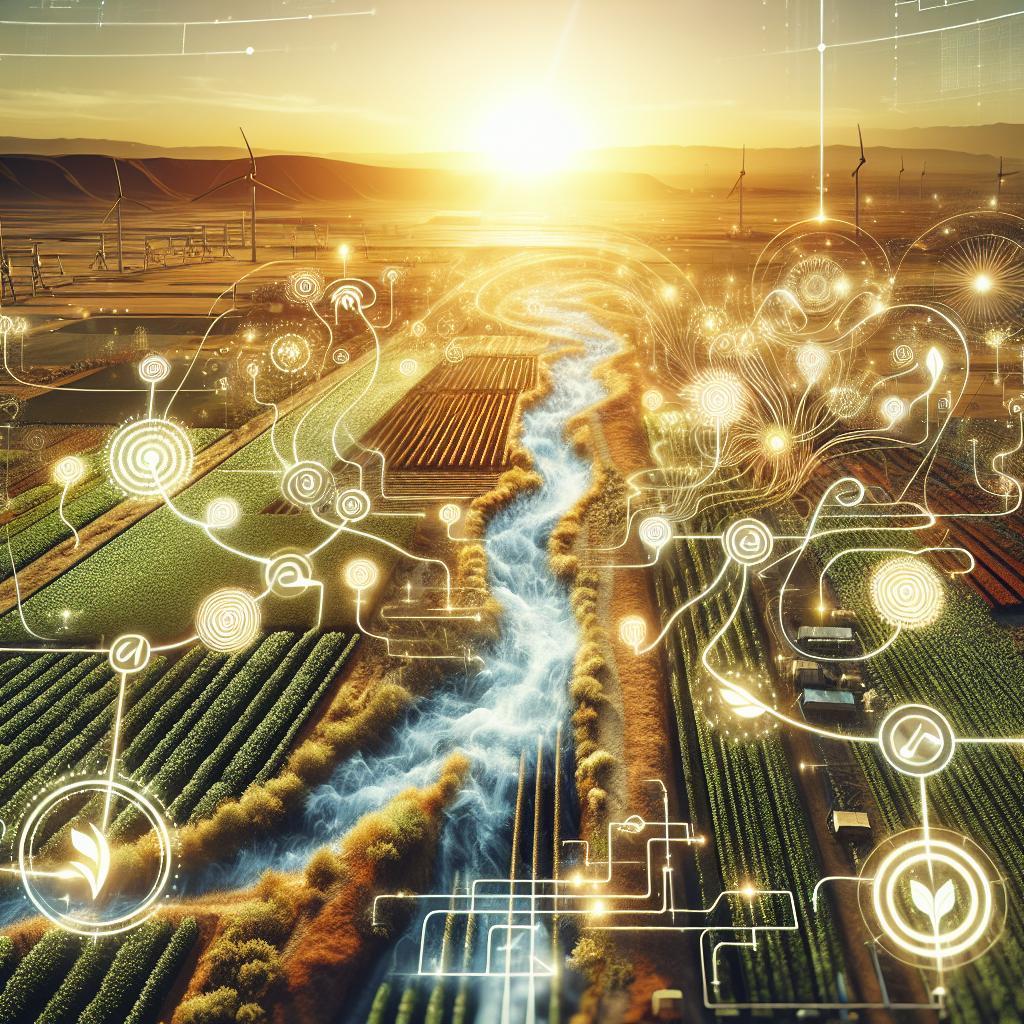This post may contain affiliate links which means I may receive a commission for purchases made through links. Learn more on my Private Policy page.
Exploring Irrigation System Layout for Maximum Energy Efficiency: A Path to Sustainable Growth
in the serene embrace of vibrant green fields and flourishing crops lies a world where water and energy dance in harmony, creating a sustainable symphony for agribusiness.As farmers and agricultural innovators strive to cultivate the land in the face of changing climates and dwindling resources, the way we manage irrigation assumes a pivotal role in our journey toward environmental stewardship. Welcome to a careful exploration of irrigation system layouts—where ancient practices meet modern technology, and efficiency is not just a goal, but a joyful journey!
In this article, we’ll wander through the ins and outs of designing an irrigation system that not only quenches the thirst of our plants but does so with a flicker of energy-saving brilliance. Whether you’re a seasoned grower, a curious newcomer, or simply someone who appreciates the beauty of a thriving ecosystem, join us as we dive into the world of smart irrigation. Together, we’ll uncover strategies and tips to optimize your layout, minimize energy consumption, and foster flourishing farms that are as kind to the planet as they are to the wallet. Let’s dig in and discover how efficient irrigation can cultivate a greener future for all!
Smart Design Principles for Sustainable Irrigation System Layout
Creating an effective irrigation system requires a careful balance of environmental considerations and technical efficiency. Smart design principles advocate for the integration of natural landscapes and available water resources, which can minimize energy consumption and optimize water delivery. Key strategies include:
- Topography Utilization: Design systems that follow the natural slope of the land to enhance gravity-fed irrigation, reducing the need for energy-intensive pumps.
- Rainwater Harvesting: Incorporate systems that collect and utilize rainwater, effectively increasing water availability and decreasing reliance on external sources.
- Micro-Irrigation Techniques: Employ methods like drip irrigation or soaker hoses, which target the root zone directly and optimize water usage.
Additionally, sustainable practices such as selecting native plants can significantly reduce the need for irrigation and promote biodiversity. Data-driven decision-making, where soil moisture sensors and weather forecasts guide irrigation schedules, further boosts efficiency. Consider the following attributes when designing your layout:
| Attribute | Benefits |
|---|---|
| Sensor Integration | Real-time data for precise watering |
| Zone Grouping | Targeted irrigation reduces waste |
| Aesthetics | Enhances landscape while conserving resources |

Embracing Automation: How Technology Can Enhance Efficiency
In the realm of agriculture, automation brings forth an exciting possibility to streamline processes and maximize resource utilization. By integrating advanced technology into irrigation systems, farmers can monitor soil moisture levels in real-time, ensuring that crops recieve just the right amount of water when needed. This not only conserves water but also contributes to energy efficiency by reducing the workload on pumps and machinery. Furthermore, automation allows for precise scheduling and remote control of operations, minimizing the carbon footprint associated with conventional irrigation methods.
Implementing smart irrigation technologies can yield numerous benefits, including:
- data-driven decisions: Analyzing field data to optimize irrigation times.
- Remote management: Control systems remotely, saving time and reducing labor costs.
- Adaptive scheduling: Automated adjustments based on weather forecasts,preventing over-irrigation.
To illustrate the impact of these technologies, consider the following table showcasing the energy savings achieved through smart irrigation systems compared to traditional methods:
| Method | Annual Water Usage (liters) | Energy Consumption (kWh) | Cost savings (%) |
|---|---|---|---|
| Traditional Irrigation | 200,000 | 5,000 | – |
| Automated Irrigation | 150,000 | 3,000 | 40 |

Water flow Optimization: Strategies to Minimize Energy Waste
Efficient water flow in irrigation systems is pivotal for both conserving resources and ensuring optimal energy usage. Implementing smart layouts that consider the topography of the land can significantly minimize energy waste. Techniques such as zoning help to stagger irrigation schedules based on the specific needs of different plant types or areas, ensuring that water is delivered timely without over-saturating the ground. Additional methods like the use of drip irrigation systems can enhance efficiency by delivering water directly to the root zone, reducing evaporation and runoff.
Moreover, incorporating sensor technology allows for real-time monitoring of soil moisture levels, which can dynamically adjust irrigation cycles. This not only conserves water but also saves energy by preventing needless pump operation. By investing in materials that promote smooth water flow, such as high-quality pipes and fittings, we can reduce friction loss, ultimately lowering the energy required for pumping. Consider the following table to visualize some effective strategies:
| Strategy | Benefit |
|---|---|
| Drip Irrigation | Reduces evaporation and water loss |
| Zone Management | Targets water supply according to specific needs |
| Soil Sensors | Optimizes water application based on soil moisture |
| Quality Materials | Minimizes friction loss for efficient pumping |

Tailoring Your Approach: Custom Solutions for Diverse Landscapes
When it comes to irrigation systems,a one-size-fits-all model frequently enough falls short. To achieve maximum energy efficiency, it’s critical to develop bespoke solutions that consider the unique characteristics of your landscape. Different terrains, soil types, and climate conditions all influence how water is absorbed and retained. Tailoring your irrigation layout may involve:
- Conducting Soil Analysis: Understanding soil composition helps in determining the right irrigation method.
- Mapping Water Flow: Recognizing natural water pathways ensures efficient distribution throughout your landscape.
- Localized Scheduling: Customizing watering schedules based on plant needs maximizes resource use.
Furthermore, employing advanced technologies can significantly enhance your system’s performance. Utilizing smart irrigation controllers can provide real-time adjustments based on weather conditions, helping conserve energy and water. When planning your layout, consider the integration of:
| Technology | Benefit |
|---|---|
| Soil moisture Sensors | Ensures optimal watering based on actual soil conditions |
| Drip Irrigation | Delivers water directly to plant roots, reducing waste |
| Rain Sensors | Automatically postpone irrigation when it rains |
Future Outlook
As we wrap up our journey through the intricate world of irrigation system layouts, we hope you found inspiration in the possibilities for maximizing energy efficiency. Just as each droplet of water plays a vital role in nurturing our plants,every thoughtful design choice can create a ripple effect of sustainability and savings.
Remember, the key to an efficient irrigation system lies not just in the technology we use, but in understanding the unique needs of our landscapes. So whether you’re a seasoned farmer or a weekend gardener, take these insights and apply them in your own backyard or agricultural enterprise.
it’s about more than just conserving energy; it’s about cultivating a healthier planet for generations to come. Together, let’s grow greener, one design at a time! Happy watering, and here’s to a future filled with flourishing gardens and thriving ecosystems! 🌱💧
This post may contain affiliate links which means I may receive a commission for purchases made through links. Learn more on my Private Policy page.

